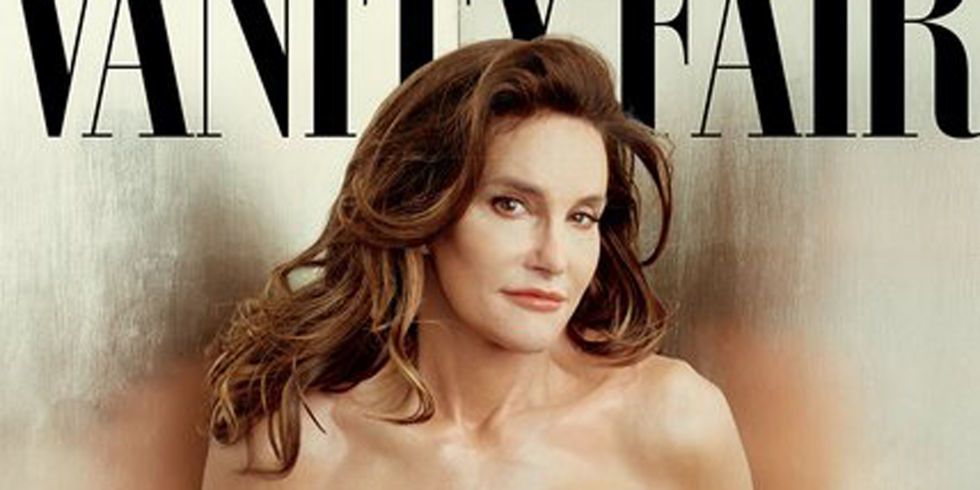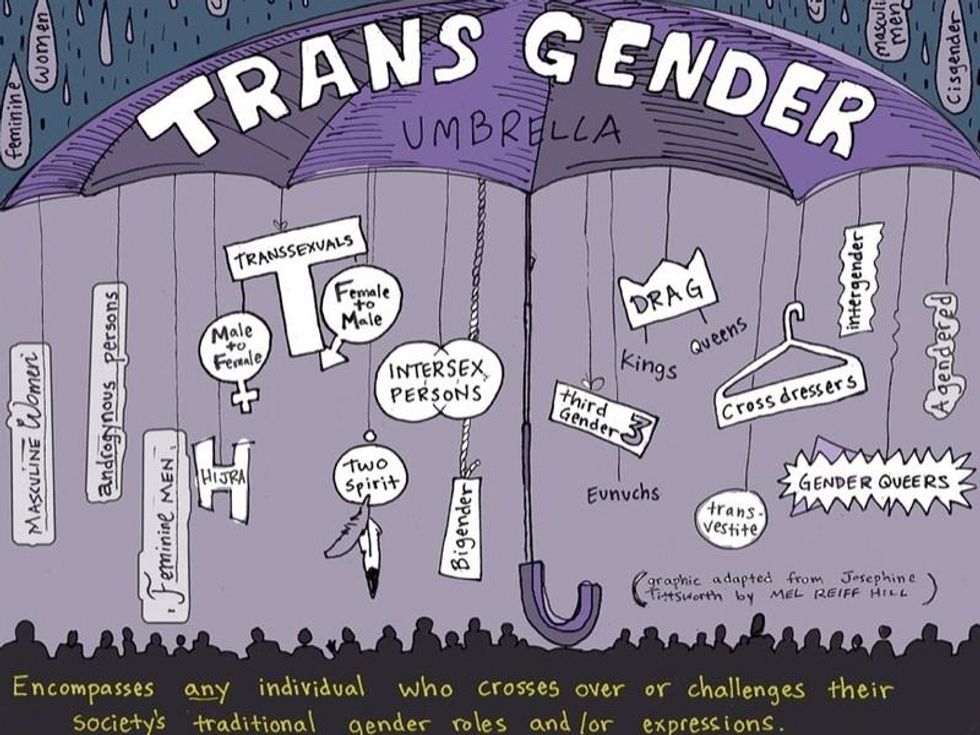When Caitlyn Jenner came out as a woman in April 2015, she was met with praise and criticism. Those who called her a hero supported her bravery for forfeiting her privacy to the media, and others argued that the struggle Jenner endured is incomparable to the “real heroes” overseas serving the United States. The backlash and support of Jenner’s decision put her at the forefront of transgender conversation, and her successful transition brought attention to local, marginalized, transgender communities, and the lack of education about them.
Kristin Hoffman, 21, a sophomore and criminology major at the University of Montana, was a boy. Her slender frame, shoulder-length blonde hair, and high cheekbones leave no trace of her previous identity. She felt uncomfortable in her male body, but didn’t know what to do about it until she was 17, when she discovered the term, “transgender,” after watching a gender transition video on YouTube. She realized that was who she was.
“I knew something was wrong because I had vivid dreams all the time when I was a kid, and in all of them, I wasn’t a boy,” said Hoffman, who would try on her mother’s clothes when she wasn’t home. While this is common exploration for young boys, Hoffman was far from common, and looked at her male body as alien and disgusting.
Hoffman is a member of the LGBT community and UM Allies, a program at the University of Montana providing a culture of safety for individuals in that community. Despite the precendent, transgender individuals are more susceptible to harassment inside and outside the community. Makayla Cichosz-King, 20, a UM Allies trainer and member of the LGBT, says exclusivity is a problem.
“It’s always been seen as a gay space,” said Cichosz-King. “If you’re not falling into gay or lesbian, you’re going to face some pushback inside the community.”
Transgender is a different ballpark from mainstream gay culture. Aside from the obvious that sexual orientation is much easier to hide than a gender transformation, transgender deals with sexuality, and gender, which yields a multitude of other identifications. These are identified by the Trans* Umbrella. (the asterisk symbolizes the many identifications associated with transgender.)
According to Cichosz-King, many in the LGBT community see those struggling with gender identity as those who don’t belong. In August 2015, the estimated number of transgender individuals in the United States was above 700,000, but almost 75 percent of them claimed to hide their gender or transition to avoid discrimination. Those who do not seek support often fall into depression. Feeling trapped in an unwanted body, suicide seems like the only escape. 41 percent of the transgender population has tried to kill themselves at some point, juxtaposed to the 4.6 percent of the general public.
They are stuck between a rock and a hard place; they face public discrimination because of bigotry and sensational stories, and discrimination from the LGBT community that claims to be their safe haven. Evan Fossen, 21, a member of Sigma Phi Epsilon and the LGBT, says that the barrage of negative speech stems from a lack of understanding.
“People expect you to fit into stereotypes inside and outside the [LGBT] community,” said Fossen. “When you’re dealing with transgender, it’s not just about sexuality; it’s also about gender expression and changing natural biology.”
How could anyone know what feeling trapped in the wrong body is like unless they are transgender themselves? Transgender individuals are born into the world like everyone else. The difference is that they feel like they have the wrong body. The only people that should speak to the difficulties and issues of being transgender are people educated in transgender issues.
And if they aren’t happy with what they are born with, shouldn’t they be encouraged to do something about it? The media has no problem telling young men and women how they should look, so what’s the problem if someone actually wants to change? Hoffman says she is much happier now in her female body.
“I’m a lot happier after my transition,” said Hoffman. “Even people who knew me before could tell. It brought my self-confidence way up.”
Hoffman is one of many transgender individuals who found the means and strength to go forward with her transition, but there are countless others who struggle to do the same. Hoffman is on a committee for the Gender Expansion Project, a project dedicated to promoting gender inclusivity, awareness, and healthcare. Those working with the project often refer future patients to doctors who can perform gender-transition procedures, and build a safe-haven network inside and outside the LGBT community.
The Gender Expansion Project, along with other national transgender organizations, is building a database of resources and education to make equal treatment possible.
“The only way people are going to be more open and accepting is through education,” said Hoffman. “Education is the biggest key to anything.”




















